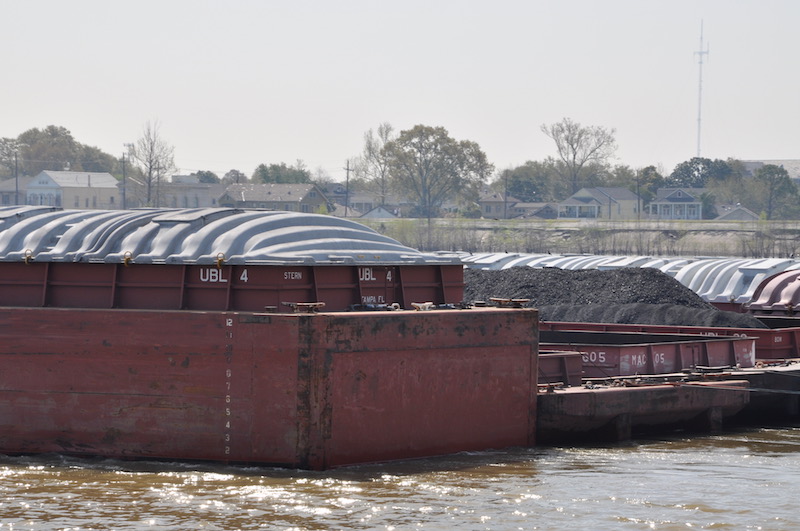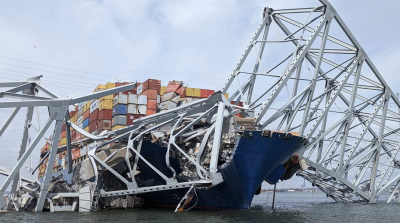Trend lines are a basic form of analysis and contribute to understanding recent history relative to the present.
For example administration budgets for Corps of Engineers’ regular operation and maintenance (O&M) for inland navigation have remained relatively constant for nearly a decade. From 2008 through 2017, O&M budgets have ranged from a high of $691 million (2016) to a low of $529 million (2013). For the other years, the annual O&M budget for inland waterways has averaged close to $600 million.
Statements about the current waterways funding model not being sustainable or the need for public/private investment and/or divestiture are pretty much widely accepted by all sides of the O&M funding debate. Those who seek to keep inland waterways O&M “forever free” for users likely view the problem as a budget appropriation matter. For them, increased government funding will solve the problem.
There is some merit to Congress increasing funding for the Corps without any change in the source of that funding from the taxpayer general fund. From an historical perspective, O&M funding has not increased enough to maintain purchasing power (when adjusted for inflation). Moreover, there is plenty of anecdotal evidence that the aging inland waterway infrastructure requires more maintenance as a function of age.
The alternative to increased federal participation in O&M funding is to move to a user-based fee system. There is a similar fee levied on the fuel-taxed inland waterway segments, currently 29 cents per gallon of diesel fuel. The fuel tax is used to cover one-half of the cost of new construction and major rehabilitation of the inland waterways.
Between these two alternatives to increased O&M funding there is no middle ground. Clearly O&M must be increased to maintain purchasing power and pay for the requirements of the aging existing system.
At the beginning of my career over four decades ago, I learned not to bet on horses or politics. The latter drives the O&M issue.
Trends and general notions about fairness and user pay principles that are prevalent in other sectors of transportation will not prevail here. You can bet on that.





